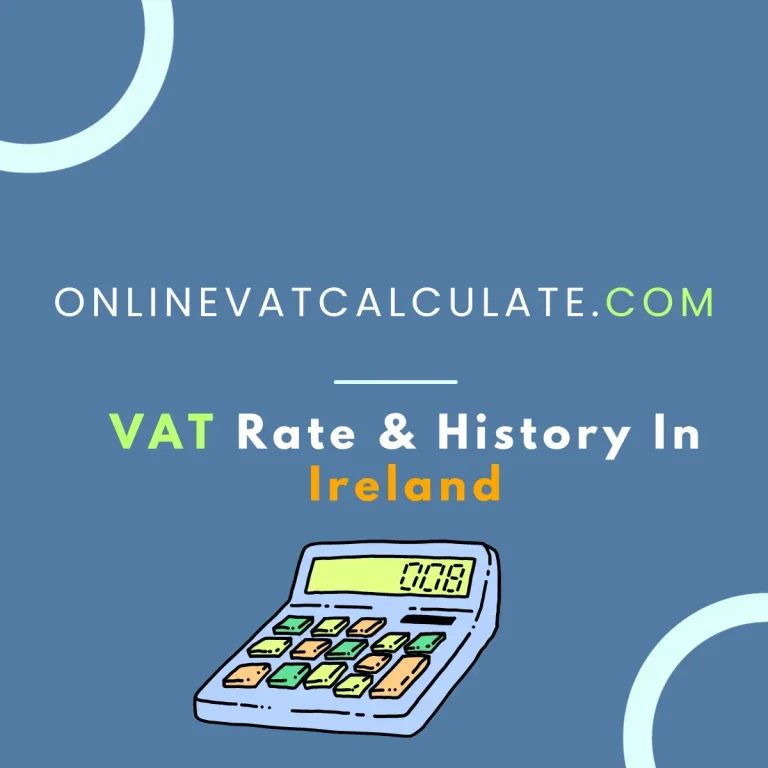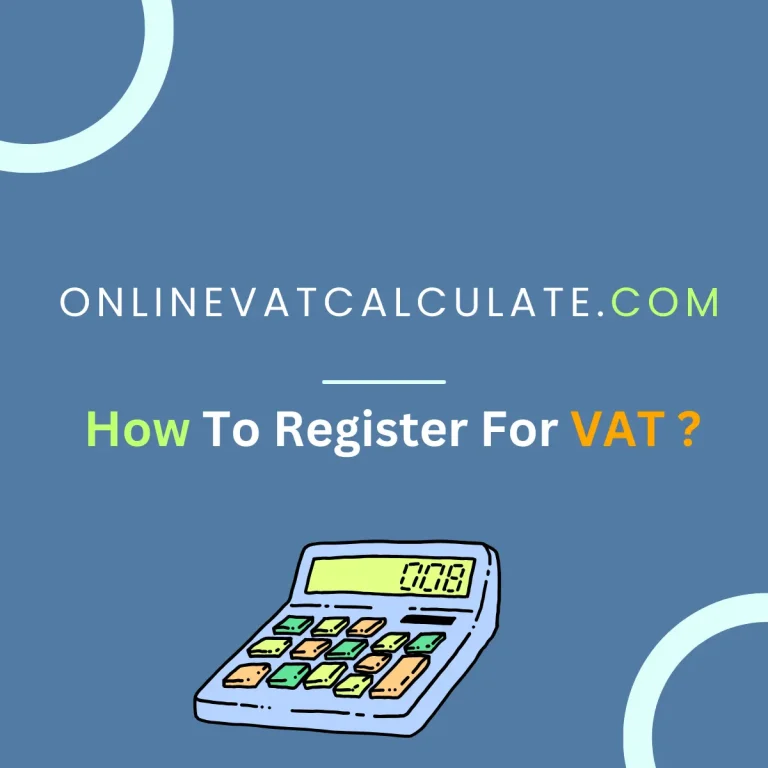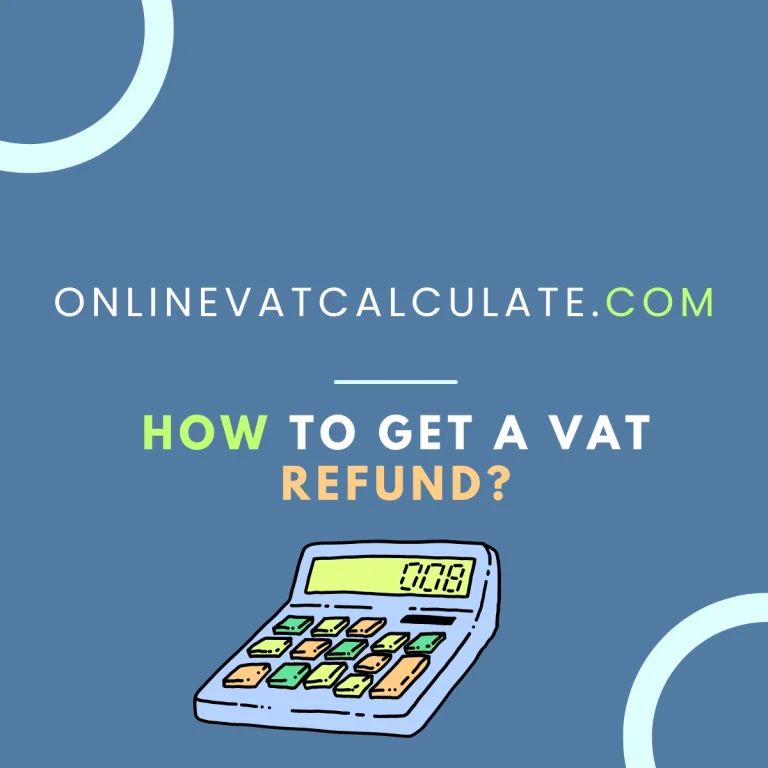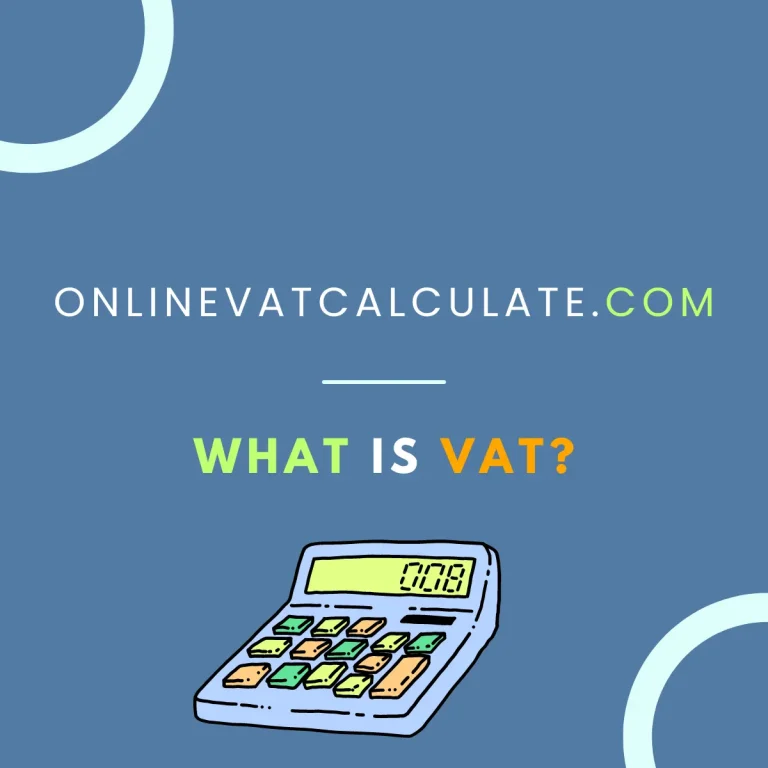VAT Vs Sales Tax
What Is VAT?
VAT stands for Value Added Tax. Essentially, it’s a consumption tax that’s applied to the purchase price of certain goods or services. Although there are some items that are exempt from VAT or are charged at a zero rate (meaning that the government does not currently charge VAT for these items but could in the future), the price of most goods/services is affected by VAT. Although VAT is a type of tax, it’s an indirect tax, meaning that the government doesn’t collect it directly from customers. Instead, businesses collect the tax themselves before repaying it to the government. To Calculate your VAT amount go now to our VAT Calculator. To check the VAT Rate in the UK click here. To check the VAT Rate within EU Countries click here. To check the VAT Rate in non-EU Countries click here.
What Is Sales Tax?
Sales tax is a tax imposed on the sale of goods and services. It is typically a percentage of the purchase price and is added to the final cost of the product or service. The rate of sales tax varies by location, with different states and localities having their own rates. In the United States, it is not a federal tax, but rather a state and local tax. Sales tax revenue is used to fund various government programs and services such as education, transportation, and healthcare.
Also, it’s a form of indirect tax, meaning that it is a tax that can be shifted to others. Sales tax refers to when it’s added to the sales price of a good or service and is then charged by the retailer to the end consumer. The retailer then remits the retail sale’s collected tax to the government. Tax jurisdictions only receive tax revenue when a sale is made to the end consumer.

Difference Between VAT And Sales Tax
VAT (value-added tax), on the other hand, is collected by all sellers in each stage of the supply chain. Suppliers, manufacturers, distributors, and retailers all collect VAT on taxable sales. Similarly, suppliers, manufacturers, distributors, retailers, and end consumers all pay VAT on their purchases. Businesses must track and document the VAT they pay on purchases to receive a credit for the VAT paid on their tax return.
Sales Tax is collected by the retailer when the final sale in the supply chain is reached. In other words, end consumers pay sales tax when they purchase goods or services. When buying supplies or materials that will be resold, businesses can issue resale certificates to sellers and are not liable for sales tax. Until the sale is made to the final consumer, sales tax is not collected, and tax jurisdictions do not receive tax revenue.
- National vs. district rates: One of the main differences between a VAT and a retail sales tax is that a VAT is a flat tax rate across the board—everyone pays the same percentage regardless of income—which is set by the national government. Sales tax rates are determined by state and local governments instead of the federal government. This means that the amount of tax varies widely between states and districts in the US, while the VAT rate stays constant.
- When the tax is owed: A VAT is due at each stage of the production process, while a sales tax is only applied at the final sale. Those who pay a value-added tax—with the exception of the end-user—will use VAT on their subsequent sales to reimburse themselves for previous VAT tax from an earlier transaction. A US retailer applies the state and local sales taxes to the purchase price of the product only at the point of sale and then remits that amount to the tax authorities.
- The amount of documentation: VAT requires strict documentation for every transaction which makes it easier to hold entities in the supply chain accountable for tax revenue. This can reduce the possibility of tax evasion. Since sales tax is only applied at the end of the supply chain, it’s harder to track throughout the process. Even if avoidance occurs during the VAT process, only the tax revenue for that production stage would be lost, rather than the entire retail sales, as is the case with sales tax.
- Location: With the exception of the United States, all member countries of the Organization for Economic Co-operation and Development (OECD)—including the United Kingdom, Canada, France, Germany, Denmark, Japan, and Korea—as well as over 100 additional countries, use a VAT system to collect tax revenue on the sale of goods and services. The United States relies on sales tax to generate state and local revenue from the sale of goods and services.
Benefits Of Sales Tax
- It creates a truly equal system of taxation.
- It would eliminate a lot of bureaucracy.
- It would lower business taxes.
- It could create more money even though people are spending less in taxes.





